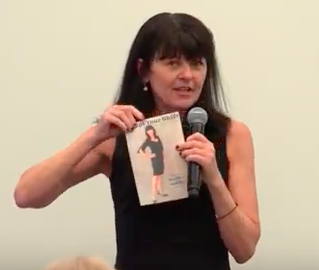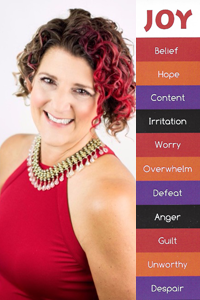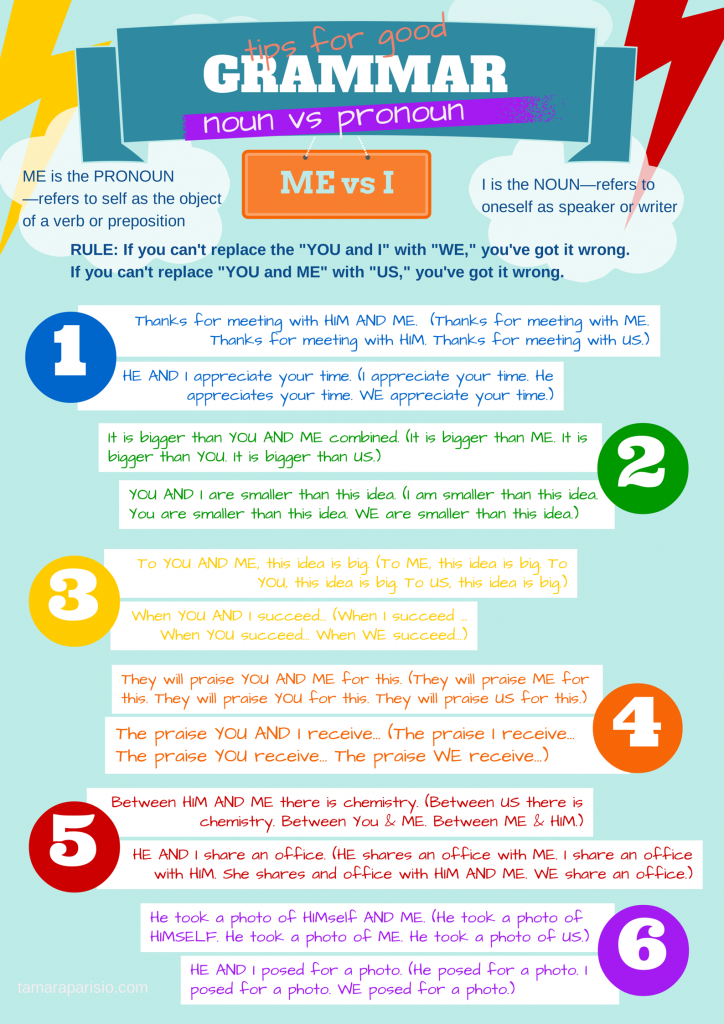Here is a tip from #ScriptYourShift to play with possibilities. Being playful requires that you don’t take your Self so seriously. Set an intention for joy in your life. Joy comes from your heart. Happiness is fleeting — it is of the moment and in the experience. Joy remains and sustains. It is a vibration, a resonance.
To Be Or Not To Be Is Not The Question, To Be is All! — Wei Chen, Ancient Chinese Poet
See the humor in your life. Give your Self permission to laugh. Feel your experience of your own laughter. Get to the heart of the matter of what matters to the heart. When you are living from your heart, you have a resonance that attracts your desires. Love your self unconditionally. Enjoy your self. Then see the world around you share your joy.
Start in your heart.
Quench your thirst for joy to the bone. Embrace your funny “bone” … the body remembers everything. Unresolved emotional issues cause chaos in your body. Emotional trauma gets stuck in the body and manifests as discomfort or disease. Get to the core of when the event happened leading to the diagnosis. Stop recreating the past. Go back, observe the event objectively — recall it without re-experiencing the pain — and choose to let go of the belief system erroneously embraced. Give it new meaning. Reframe it.
Ask supportive questions.
Consider your questions carefully. Ask with your heart and in a way that reveals productive answers. Seek and ye shall find.
- “What feels joyful in this experience?”
- “What is my biggest dream?”
- “When did I last laugh out loud?”
- “What am I grateful for?”
- “ Which are my most memorable moments?
- “What fills me with joy?”
- “Where is the joy in this moment?”
- “How can I choreograph a life of joy?
- “What inspires me here, now?”
- “Am I smiling?”
- “Why am I so lucky?”
- “How did I create these awesome opportunities?”
- “What limiting beliefs can I let go?”
- “What supportive habits shall I cultivate?”
- “How will I make my life more meaningful, today?”
- “How shall I change someone’s life for the better today?”
- “Who shall I spend time with today?”
- “What is one thing I’ll do differently today?”
- “What is life calling of me?”
- “When all is said and done, will I have done more than I’ve said?”
Get out of your head and into your heart. Ask clear questions. Your mind will seek answers to anything you ask. Be wise in your query. Only ask what you desire having answered (instead of “how did I mess up so badly” ask “how did I make this work out well?”).
Question everything without judgment. Question your Self. Continue to question. Everything…
The answers are there, inside of you. Listen with your joy-filled heart!
Created for Eternally Eve, originally published here.














